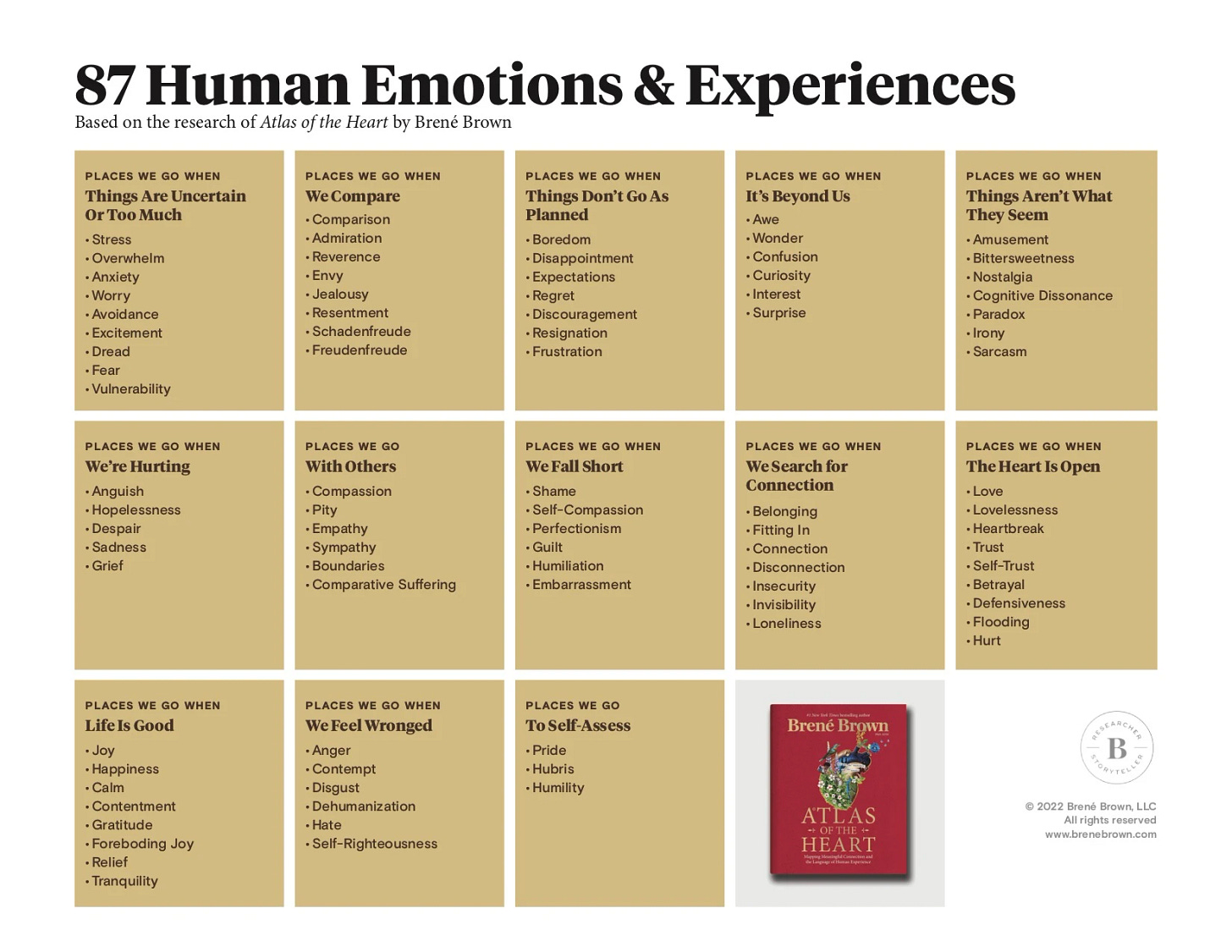Building Blocks
According to Ayurveda, like increases like and opposites balance. This is an important concept to bear in mind when utilizing the framework of Ayurveda to cultivate balance within your own life. Ayurveda defines twenty qualities or ten pairs of opposing attributes to describe all aspects of life and nature. These qualities or attributes are called gunas. These qualities define everything within us, life and nature itself.

The 20 Qualities of Substances
Heavy (Guru) and Light (Laghu)
Dull (Manda) and Sharp (Tikşņa)
Cold (Sīta) and Hot (Uşņa)
Oily (Snighda) and Dry (Rūkşa)
Smooth (Ślakşņa) and Rough (Khara)
Solid (Sāndra) and Liquid (Drava)
Soft (Mrda) and Hard (Kațhina)
Static (Sthira) and Mobile (Cala)
Gross (Sthūla) and Subtle (Sūkşma)
Cloudy (Picchila) and Clear (Viśadā)
Ayurveda teaches us that duality exists in every part of our being.
The gunas can be applied to everything and help us understand where we may be experiencing imbalances. They are foundational in the application of Ayurveda. Foundational, but sometimes challenging to apply to our real, day to day lives.

Examples of the Gunas in Life
Elements
Ether: clear, light, subtle, soft
Air: mobile, dry, light, cold, rough, subtle
Fire: hot, sharp, light, dry, subtle
Water: cool, liquid, dull, soft, oily, cloudy
Earth: heavy, dull, static, dense, hard, gross
Doshas
Vata: dry, light, cold, rough, subtle, mobile, clear
Pitta: oily, sharp, hot, light, liquid
Kapha: oily, cold, heavy, slow, smooth, cloudy, stable
Food
Animal proteins like beef, lamb and pork are heavy. Most nuts are also considered heavy. Animal proteins like chicken and rabbit are light. Most grains are considered light.
This might seem obvious, but oils are oily; castor, coconut, sesame and safflower as examples. Spinach, pears, black pepper and ginger are dry.
Butter, eggs, ghee and yoghurt are all smooth. Broccoli, cabbage, lentils and celery are rough.
As you eat each meal, can you begin to notice which qualities you would use to describe the food? Do you gravitate more towards certain qualities over others? To go deeper, notice how you feel after each meal and which qualities you would apply.
Life is a balancing act, and the use of opposites is always a sure way to balance out what is not working. Soft foods need more roughage, dry foods need hydration, hot or acidic foods need alkaline cooling agents, and oily foods need bitters to cut through the grease.
Emotions
The spectrum of human emotion is vast and I will not attempt to cover all of them here, but following are a few personal examples. Sadness feels heavy, whereas joy feels light. Uncertainty is cloudy but decisiveness is clear. Anger feels hard but tenderness is soft. Shame can feel hot whereas indifference is cold. Disappointment might be dull but surprise may be sharp!
Body
Applying the gunas to the physical body might feel most familiar. If you’ve ever had pain you may have been asked to describe it - hot or cold, smooth or rough, sharp or dull, consistent or constant (static or mobile), on a scale of 1-10 (subtle or gross). The human body has an incredible capacity to inform us through physical sensations. Our bodies constantly provide feedback on our own internal experiences. An Ayurvedic intake will assess all bodily functions as a means to help determine where imbalances may be, utilizing the gunas. I find that the first step is often the most difficult - cultivating awareness.
Mind
Behind changing mental fluctuations is a constant awareness, an unbroken sense of self or being, an ongoing ability to observe, witness and perceive. Though the contents of the mind constantly shift, like clouds in the sky, there is an ongoing continuity to our consciousness, like the purity of space, through which we can observe with detachment… Therefore the mind itself is not awareness. It is the instrument that awareness works through.
-Dr David Frawley, Ayurveda and the Mind
Sensory intake is constant and can inform the qualities of the mind.
Misuse of taste, sound, sight, touch, or smell is the second cause of disease according to Ayurveda. Compulsion, harm, and disconnect are ways that misuses of the senses perpetuate. Whether or not we know something brings us out of balance, the overuse, underuse or wrong use of the senses draws our attention further away from our inner world and fosters greater imbalance.
What we consume through all of our senses is what becomes part of us; physically, mentally, emotionally, spiritually.
The mind requires care and attention, just like our bodies and emotions.
The cultivation of a balanced state of mind should not be confused with simple positive thinking. It is more than that. It requires not just thinking we are happy when we are sad, but also changing the conditions that make us unhappy, including our thoughts and actions… For a balancing therapy to work, we must know how the qualities of things affect us.
-Dr David Frawley, Ayurveda and the Mind

Practical Application
Begin to apply gunas to various aspects of your life. Which gunas would you use to describe how you feel when you wake up in the morning, the food you eat, interactions with people, or running errands? Knowing that like increases like and opposites balance, as you begin to notice which gunas apply to certain situations, what would happen if you applied the opposite quality? As you begin to apply the gunas to your own life, please be gentle with yourself and cultivate awareness without applying judgment!




